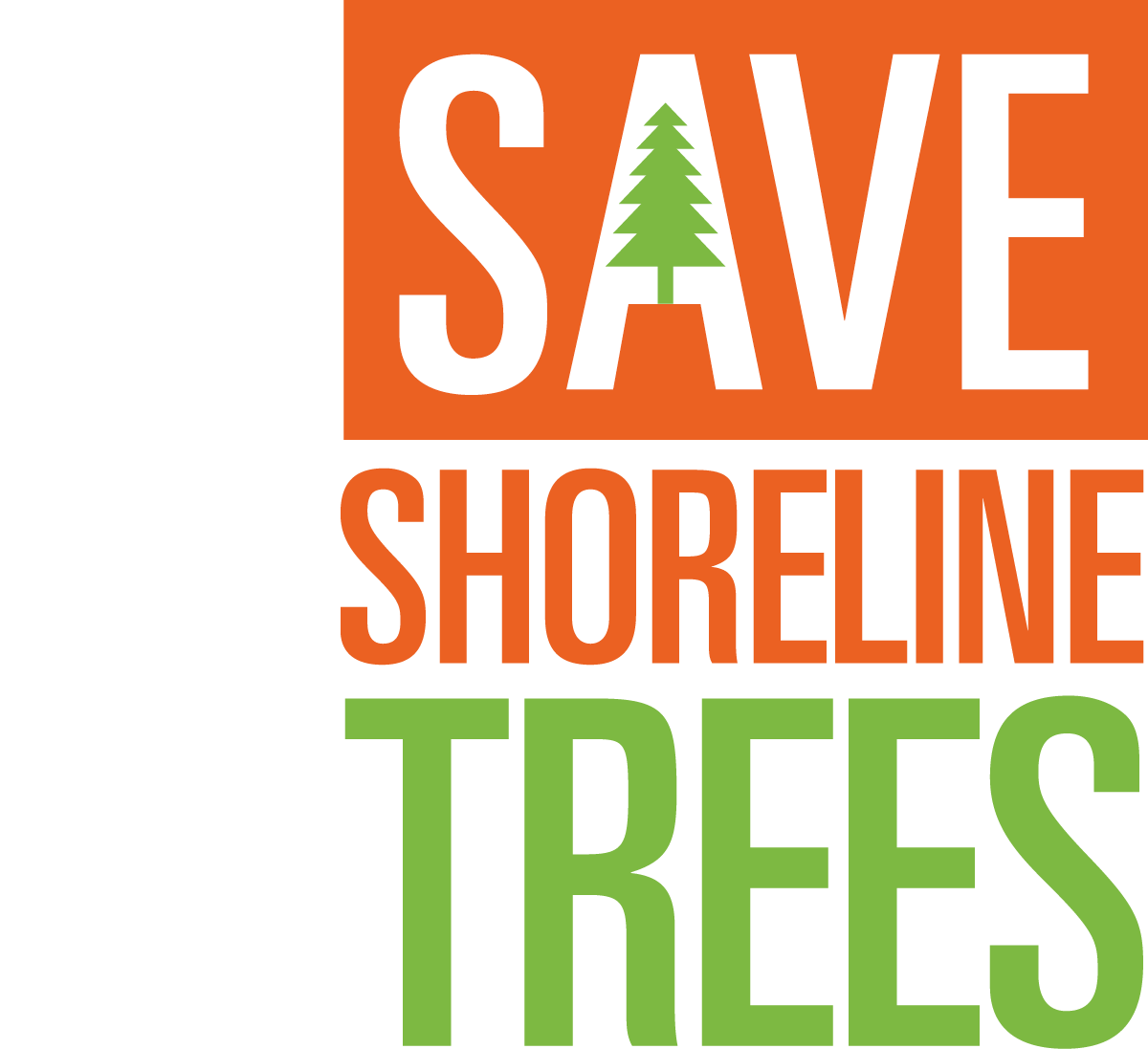The Amazing Sequoia!
Sequoiadendron giganteum
by Melody Fosmore, Save Shoreline Trees Co-Chair
We might equate the Giant Sequoia tree with the Giant Sequoia in California, located in the Sierra Nevada mountains, but do you know these incredible trees can also be found in Washington State? Right here in Shoreline you can find several wonderful examples of these beautiful trees at Shoreline Community College campus. Their elegant trunks and cinnamon-red bark draw you close to experience the symmetry and beauty of their limbs and unique presence. These trees are a personal favorite because everything about them speaks of an intense desire to live, and, in fact, the Sequoiadendron giganteum is one of the longest living organisms on earth. They can be traced to the Triassic Period 200 million years ago when dinosaurs first appeared. It is said these trees are our present-day living dinosaurs with lifespans up to 3,000 years.
The “Mother of the Forest” was an ancient and huge Sequoiadendron giganteum tree that lived in the Sierra Nevada and whose remains are on display in the Calaveras Grove of Big Trees State Park. This tree was thought to be born 668 BC and died in 1854. In the Forest of Giants, in the Olympic National Park, champion Sequoia trees thought to be 1,000 years old still stand today. In the Quinault Rain Forest, you can find 6-8 of these giant trees.
The Sequoia tree is the fastest growing conifer on earth with up to 4 feet of upward growth by the third year and they have the potential to grow faster every year. As a carbon sink, these trees are exceedingly valuable because they grow quickly, absorb carbon year-round, and live a long time.
One of three species of coniferous trees known as redwoods, the Giant Sequoia are the most massive individual trees with average heights from 164-279 feet and average mature trunk diameter ranging 20-26 feet. This tree is highly adaptive to forest fires having a fire-resistant bark and their cones open right after a fire. The seedlings actually depend on a fire to clear out the other foliage so they have room to grow. The wood is resistant to decay but brittle and fibrous making it unsuitable for construction.
Sequoias respond to climate change and have the capability to store at least three times more carbon above ground than any other tree on earth.
Take the time to find and enjoy our beautiful Sequoias here in Shoreline and throughout Washington!



